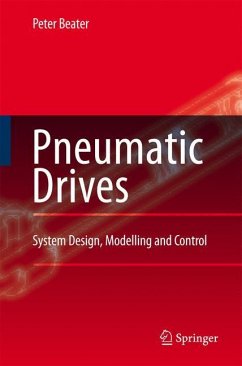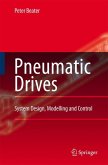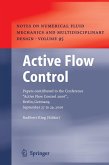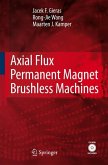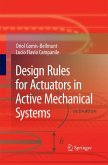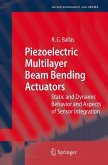The idea to use air for transmitting power is very old. Ctesibius in - cient Greece described a catapult using pneumatic cylinders to first store energy and then rapidly accelerate an arrow. Heron of Alexandria dev- oped automatic temple doors which opened and closed by means of hot air. And from the Greek word for breath he coined the term that was used as title for his book and today describes a whole industry: - pneumatics. Pneumatic components and systems have become an important topic for textbooks. Most have their focus on the description of the steady-state - haviour, practical problems like troubleshooting or Boolean algebra to help designing control algorithms. Only a few textbooks covering the theore- cal analysis and design of pneumatic systems have been published (Z- manzon et al. 1965; Andersen 1967; Andersson et al. 1975). But they were written at a time when digital computers were not easily available to en- neers and therefore contain few material about modelling and simulation. This book tries to bridge the gap between scientific disciplines (fluid mechanics, thermodynamics, mathematics, control, etc.), the conventional approach to describe pneumatic components and systems by their stea- state behaviour, the wish of a design engineer to test his design before - tually building hardware and the resulting need for mathematical models in order to use today's powerful digital computers.

